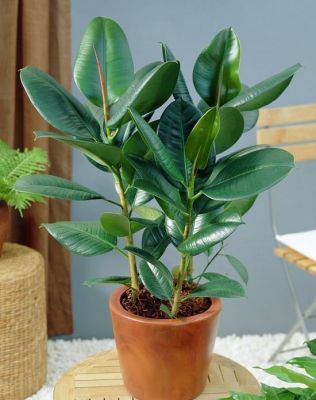Introduction
Ecosystems comprise both biotic and abiotic elements, or living and nonliving components. Plants, animals, and other species are examples of biotic factors. Rocks, temperature, and humidity are examples of abiotic variables.
Each aspect in an ecosystem, whether directly or indirectly, is dependent on every other aspect. A change in the temperature of an ecosystem, for example, can have an impact on the plants that thrive there. Animals that rely on plants for food and shelter will either have to adjust to the changes or migrate to a different ecosystem.
The Earth’s entire surface is made up of interconnected ecosystems. In a wider biome, ecosystems are frequently linked. Large areas of land, sea, or atmosphere referrer to as biomes. Forests, ponds, reefs, and tundra, for example, are all biomes. They’re divided into categories based on the plants and animals that live there. Many diverse habitats can be found within each forest, pond, reef, or patch of tundra.


examples of plants that are important in an ecosystem
Ecological services are plants that play a role in the ecosystem. They keep humans alive, as well as the rest of the ecosystem.
Philodendron, Snake plant, Peace flower, Rubber plant, Dracaena, and other key air purifying plants contribute to the ecosystem’s air quality purification.
Backyard Edible ecosystem
Neighborhoods can be transformed into plentiful, beautiful, and healthy environments by planting fruits, vegetables, and flowers. We may begin to construct new food landscapes throughout our communities by planting fruit trees, berry bushes, and herbs. The ideal place to begin is in your backyard, where you can create a tiny edible ecosystem that includes a simple compost system that will serve as the bed for your perennial food plants.
An edible ecosystem is a garden that mimics the structure of a natural ecosystem by incorporating a variety of food plants that compliment each other’s forms and functions. I develop ecosystems with three or more types of herbs, berries, and fruit trees, as well as beneficial fungus, all of which work together to generate an abundance of food. These little permaculture gardens also provide you the opportunity to try out different food plant guilds and grow new species to share with your neighbors.
You can find out what works well by starting small and experimenting with different combinations of perennial food species, and then sharing that successful design with your neighbors. For example, if a particular berry cultivar is tasty and pairs well with a thyme ground cover, you can recommend that design to others in your area. You’ll be able to use your garden as a nursery to propagate plants for other areas in your yard and community.



